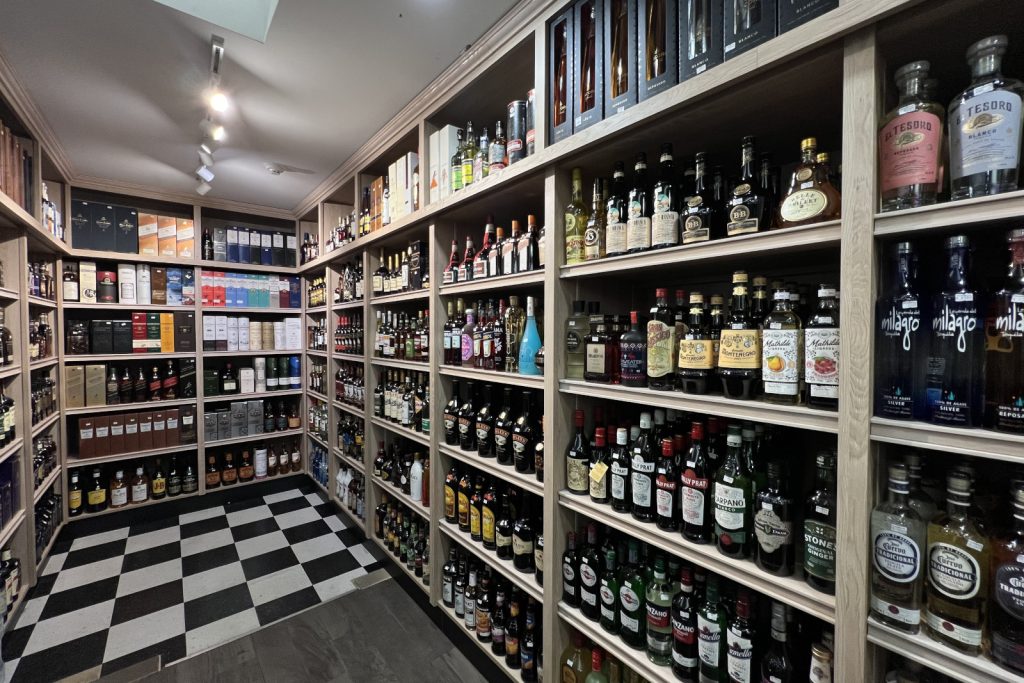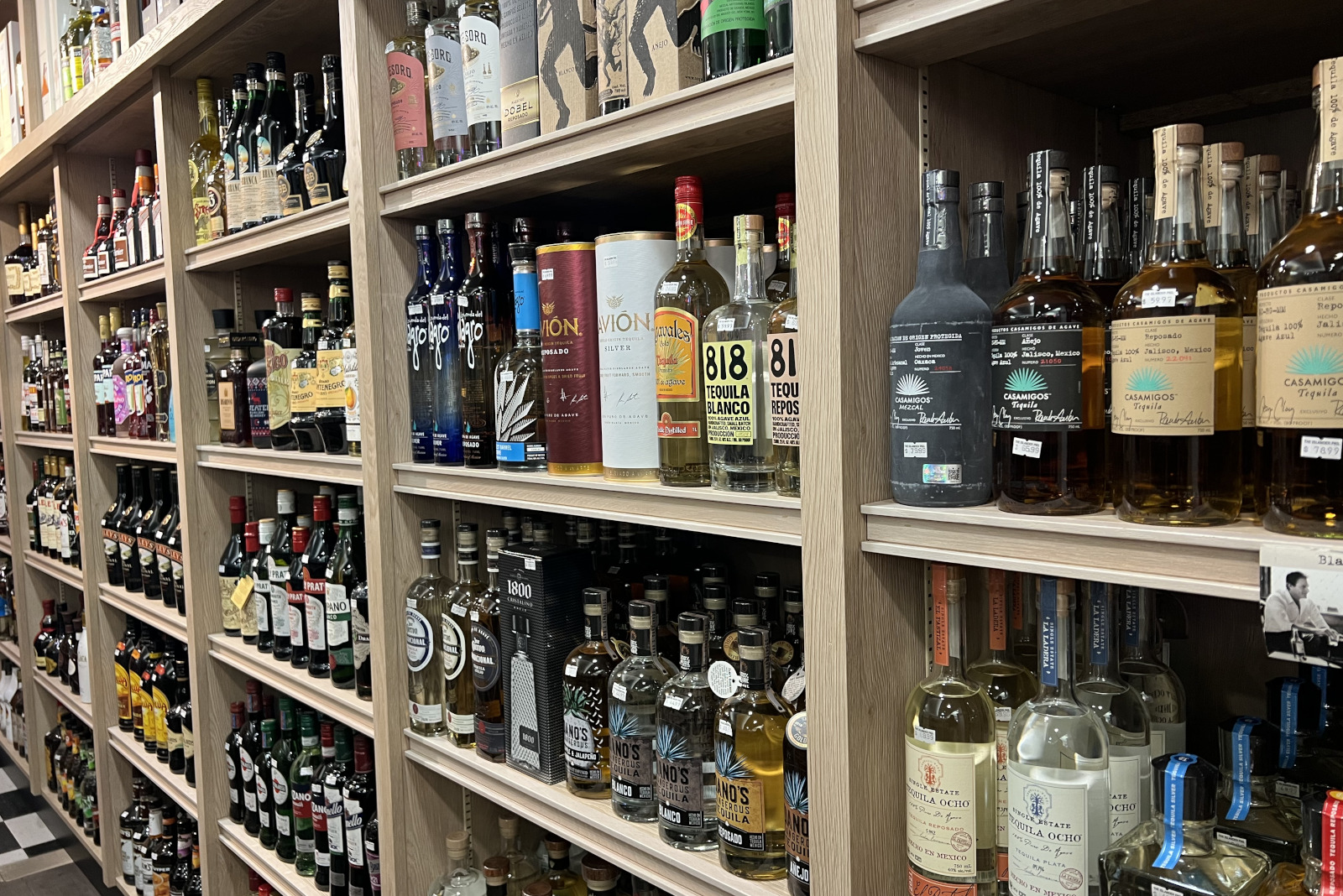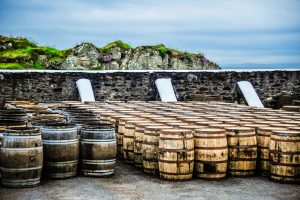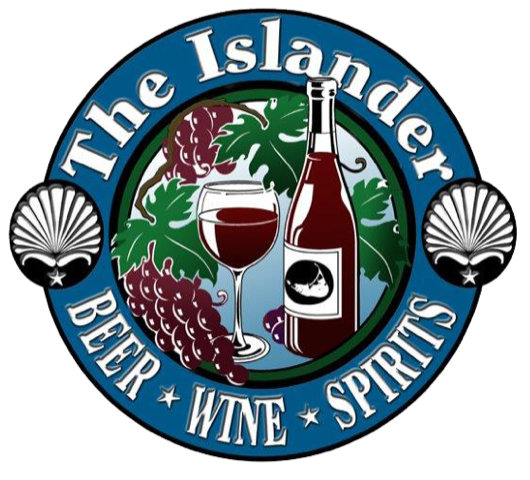We offer a wide array of the finest domestic and imported spirits. . . A flavor for every taste. From a broad assortment of whiskies, rums, tequilas, bourbons, gins, and single malts to a great variety of cordials, after-dinner liqueurs, aperitifs, grappa, cognacs and eau de vies.
Ever wonder what to get a special someone? We have a fine selection of superior, vintage spirits that will impress. And we offer free gift wrapping. From stocking your bar to planning a large party, we can put it together for you. Our selection is wide, and always up to date. When a new spirit is introduced, you can always find it at Portside Liquors. Our spirits are competitively priced. We offer weekly promotions that will keep our customers happy.



A Guide to Scotch Whiskey
 The definition of whisky regions has been much debated and changed since the 1784 Wash Act divided the country roughly into ‘Highland’ and ‘Lowland’ for tax purposes. It is now generally agreed that there are six regions and these are based on taste as well as geographical location.
The definition of whisky regions has been much debated and changed since the 1784 Wash Act divided the country roughly into ‘Highland’ and ‘Lowland’ for tax purposes. It is now generally agreed that there are six regions and these are based on taste as well as geographical location.
Lowlands
This area tends to produce whiskies in which the softness of the malted barley itself is evident, untempered by Highland or Island peatiness or coastal brine and seaweed. The Lowlands are defined as being south of a line following old county boundaries and running from the Clyde estuary to the River Tay. The line swings north of Glasgow and Dumbarton and runs to Dundee via Perth.
Highlands
By far the biggest region, the Highlands inevitably embraces wide variations. The western part of the Highlands, at least on the mainland, has only a few, scattered, distilleries, and it is difficult to generalise about their character. If they have anything in common, it is a rounded, firm, dry character, with some peatiness.  The far north of the Highlands has several whiskies with a notably heathery, spicy, character which probably derives both from the local soil and the coastal location of the distilleries. The more sheltered East Highlands and the Midlands of Scotland (sometimes described as the South Highlands) have a number of notably fruity whiskies.
The far north of the Highlands has several whiskies with a notably heathery, spicy, character which probably derives both from the local soil and the coastal location of the distilleries. The more sheltered East Highlands and the Midlands of Scotland (sometimes described as the South Highlands) have a number of notably fruity whiskies.
Speyside
This area is universally acknowledged as the heartland of malt whisky distillation. This area, between the cities of Inverness and Aberdeen, sweeps from granite mountains down to fertile countryside, where barley is among the crops. It is the watershed of a system of rivers, the principal among them is the Spey.
The Speyside single malts are noted in general for their elegance and complexity, and often a refined smokiness. Beyond that, they have two extremes: the big, sherried types, as typified by The Macallan; and the lighter, less colourful style of the “Glens”.
Campbeltown
Campbeltown is situated on the peninsula called the Mull of Kintyre, on the west coast of Scotland. It once had about 30 distilleries, but now has only two. One of these, Springbank, produces two different styles of single malt whisky. Lightly peated for one style and heavily peated for the other. The Campbeltown single malts are very distinctive, with a briny character.
Islay
 Considered by many to be the greatest of whisky islands; Islay is blessed with numerous pockets of peat bog, lashed by the wind, rain and sea. It is only 25 miles long, but has no fewer than eight distilleries, although not all are operational. The single malts from this are noted for their seaweed, iodine-like, phenolic character. Islay malt gives the unmistakable tang to many of Scotland’s finest blended whiskies.
Considered by many to be the greatest of whisky islands; Islay is blessed with numerous pockets of peat bog, lashed by the wind, rain and sea. It is only 25 miles long, but has no fewer than eight distilleries, although not all are operational. The single malts from this are noted for their seaweed, iodine-like, phenolic character. Islay malt gives the unmistakable tang to many of Scotland’s finest blended whiskies.
Islands
The Islands are a geographical region rather than a characteristic one. Jura, the island just north of Islay, can be described as a Highland-like whisky. Talisker, on Skye, has an explosive taste, peaty and sweet. On Orkney is the world’s northernmost Scotch whisky distillery, Highland Park. Highland Park is also compared with Highland malts, due to its exceptional smoothness and smoky dryness.
Copyright 2004. Martignetti Companies All Rights Reserved.
Open year round, 7 days a week. Monday-Saturday 9am-9pm, Sunday 10am-9pm.
15 Old South Road, Nantucket, MA

